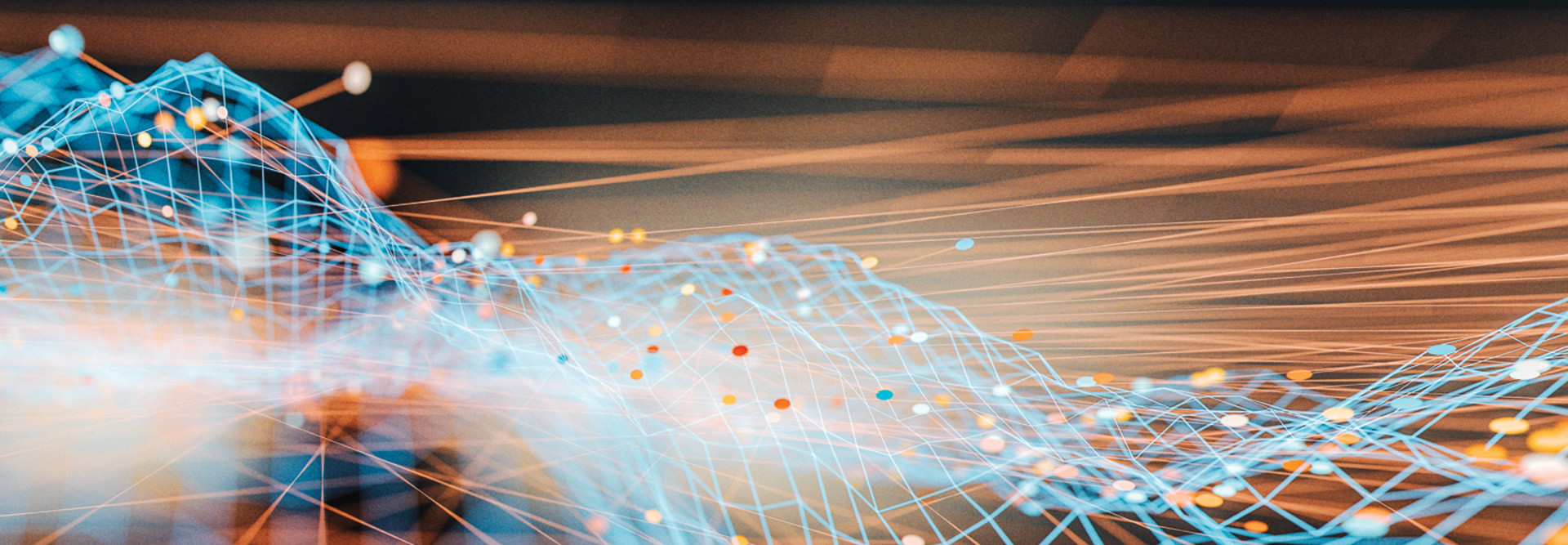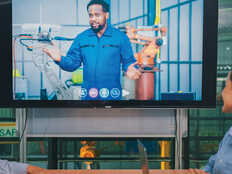The First ‘Digital Census’ Is Built on Strong Technology
“Let me pose a rhetorical question,” said Atri Kalluri, senior advocate for response security and data integrity at the U.S. Census Bureau, kicking off a session at Splunk’s .conf19 conference in Las Vegas. “How would you measure America? How would you measure its people, its places and its economy?”
Kalluri, along with Zack Schwartz, deputy division chief of the communications directorate at the Census Bureau, spent the rest of their time answering that question. But here’s the short answer: The Bureau is measuring America with technology.
While paper surveys still play a large role in getting the count that helps determine outcomes ranging from funding for social programs to representation in Congress, the Bureau also relies heavily on IT solutions, including data analytics, mobile apps and Device as a Service (DaaS).
VIDEO: See how the Census Bureau will use technology in 2020.
Satellites and Internet Provide Census with Information
Tech is fueling the 2020 Census in many ways, even before it officially begins. For instance, before census workers can count people, they must first establish where those people live with a complete and accurate address list.
The bureau has completed this process for the 2020 count. But instead of relying only on human listers to canvass neighborhoods, the bureau also used in-office personnel to work through satellite images.
“We had a significant reduction in how many listers we needed for the 2020 count, because throughout the decade, we did in-office address canvassing,” Schwartz said. “We used satellite imagery. We used other technology that allowed us to sit behind a computer screen and see” changes to communities and structures “without actually sending somebody to that block — saving the government millions in personnel cost, as well as improving accuracy.”
Once the bureau nails down the locations of residents, however, it has to get them to respond to its survey. Traditionally, the Census Bureau mails out paper forms that residents must fill out and mail back — a method more efficient than going door to door to collect information — but people have to be invested enough in the process to do that.
Alongside its traditional advertising efforts, the Bureau is using social media advertising to try to increase self-response rates, Schwartz said. There’s even a special hashtag to draw attention: #AmericaCounts.
In addition, the 2020 count is the first time that the Census Bureau is using the internet as a tool to collect data.
“For the first time, while you’re on the subway, while you’re walking the streets, while you’re at home or on the road, you can respond to the Census via your phone, via your laptop,” Schwartz said. “You don’t have to have that paper form in front of you.”
Census will also continue to collect information via telephone and paper forms, although most people are expected to fill out the forms online, the bureau has stated.
DaaS Solutions and Splunk Assist Census Workers
But many people do not respond to the census, requiring the Census Bureau to send personnel directly to homes to follow up. In 2010, those workers carried clipboards and paper forms.
In 2020, nearly half a million enumerators — part of the temporary workforce that supplements permanent Census employees — will come equipped with devices and a mobile app to collect data, geo-code addresses and securely transmit information back to the bureau. The Census Bureau is using a DaaS solution provided by CDW•G to minimize capital costs and move management responsibilities to a third party.
The bureau is also using Splunk to help officials monitor, analyze and secure data, and also to monitor and manage the bureau’s IT infrastructure and applications.
“All of the device-related activities are reported through Splunk,” noted Kalluri. “Logistically, it’s a huge amount of work that we have to perform. You can’t do it by virtue of manually looking at everything that is happening in real time. So we have to have intelligent systems that can bring this data together and put together a dashboard that we can monitor.”
“We get one attempt,” Kalluri added. “There’s no redoing the billions of dollars’ worth of work. So it becomes very important for us to monitor and manage all of the operations and systems effectively.”









